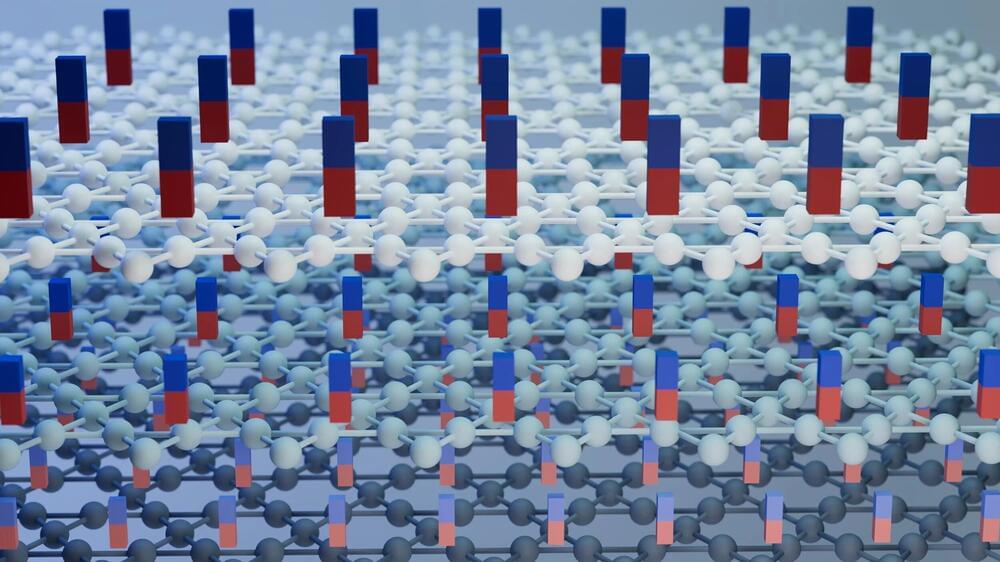Nov 9, 2024
Kagome superconductor breaks the rules at record-breaking temperatures
Posted by Saúl Morales Rodriguéz in categories: materials, quantum physics
Using muon spin rotation at the Swiss Muon Source SmS, researchers at the Paul Scherrer Institute (PSI) have discovered that a quantum phenomenon known as time-reversal symmetry breaking occurs at the surface of the Kagome superconductor RbV3Sb5 at temperatures as high as 175 K. This sets a new record for the temperature at which time-reversal symmetry breaking is observed among Kagome systems.

















